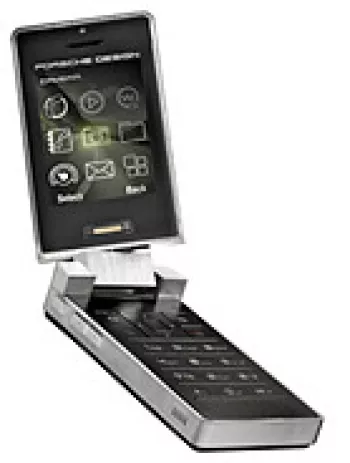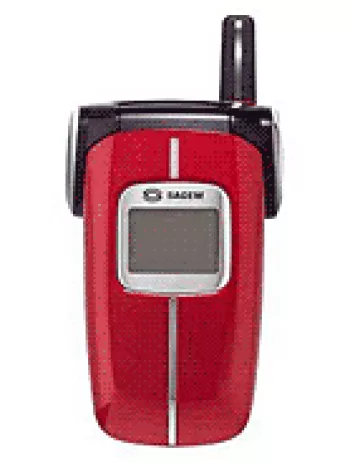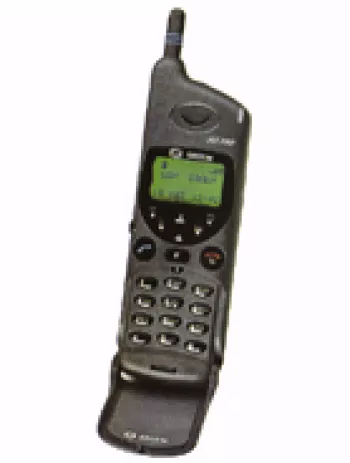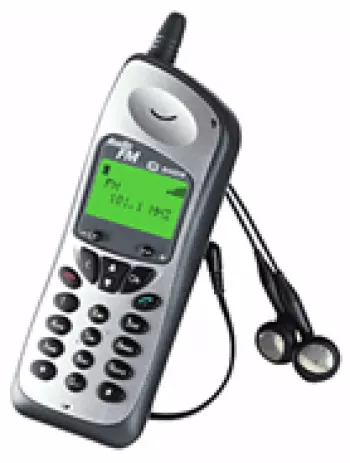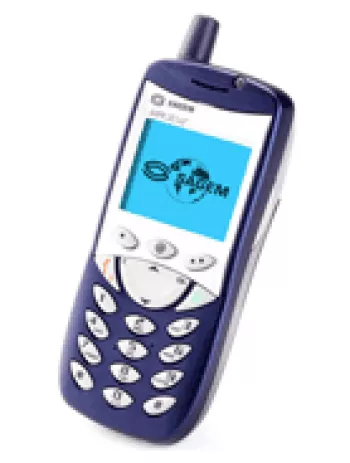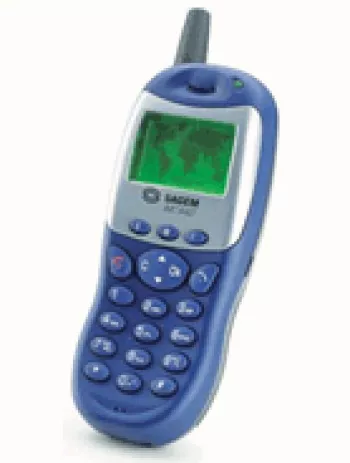
Overview of Sagem MC 940
The Sagem MC 940 is a feature phone launched in the year 2000, during a time when mobile technology was experiencing rapid advancements. Despite being a discontinued model, the MC 940 represents an era where mobile communication was increasingly becoming a daily necessity. Although not packed with many of the features found in modern smartphones, the MC 940 offered basic functionalities that catered to the needs of its users during its time of production.
Network and Connectivity
The Sagem MC 940 operates on GSM technology, which was one of the most common standards for mobile communication during its launch. It supports 2G bands, specifically GSM 900 and GSM 1800. These bands were widely used across Europe and many parts of the world, ensuring that users could maintain connectivity when traveling across different countries that supported GSM technology. However, the device lacks GPRS and EDGE support, meaning it does not provide data connectivity beyond basic voice and SMS services.
Design and Build
In terms of design, the Sagem MC 940 features dimensions of 116 x 45 x 18 mm, making it compact enough to fit comfortably in the user’s hand. Weighing approximately 117 grams, it is lightweight compared to modern smartphones but typical for devices of its era. The phone supports a Mini-SIM card, a standard size before the introduction of Micro and Nano SIM cards.
Display
The MC 940’s display is monochrome graphic, which was a common display type for phones in this era. It's designed to show up to 7 lines of text, making it sufficient for reading SMS messages and navigating through the basic menu. While the resolution may not compare to today’s HD displays, it was adequate for functional purposes such as SMS and setting alarms.
Memory and Storage
This device does not support expandable storage options and lacks a card slot, reflecting the limited storage capabilities available at the time of its launch. The phone's internal memory allows for storing up to 100 phonebook entries which catered to personal and casual users efficiently.
Sound Features
The Sagem MC 940 comes with a built-in loudspeaker and supports monophonic ringtones, a popular feature in the early 2000s. The absence of a 3.5mm headphone jack signifies its simplicity, positioning it more towards voice communication and essential alerts rather than entertainment functions.
Communications
As a basic feature phone, the MC 940 does not provide advanced communication technologies such as WLAN or Bluetooth. It also lacks GPS and radio connectivity, reflecting its focus on fundamental telecommunication services over entertainment or data connectivity. Moreover, it does not feature USB connectivity, further emphasizing its role as a straightforward communication device.
Features and Functionalities
The device supports essential features such as SMS messaging, which was the primary method of non-verbal communication at the time. While it lacks a web browser and Java support, it does include basic functionalities such as a clock and alarm, which can still be quite useful. The presence of built-in games provides minimal entertainment, an appreciated feature during its time. The absence of advanced sensors and applications aligns it with its role as a basic phone rather than a multi-functional device.
Battery Performance
The Sagem MC 940 is powered by a removable Li-Ion battery with a capacity of 500mAh. Despite the low capacity by today's standards, this was adequate for a feature phone, providing up to 160 hours of stand-by time and approximately 3 hours of talk time. The battery life is indicative of the phone’s efficient use of power, attributed to its limited functionalities and monochrome display.
Durability and Usage
Given the context of its time, the Sagem MC 940 was built to withstand daily usage relatively well, with fewer components prone to malfunction due to its straightforward design. The size and durability of the device helped it cater to users who required a reliable phone for calls and text messaging without the complexity of modern smartphones.
Conclusion
The Sagem MC 940 encapsulates the essence of early 2000s mobile technology with its basic yet functional design. In a time when the purpose of a mobile phone was primarily for voice communication, the MC 940 served its role effectively, offering a simple, reliable device for users who sought minimalistic features. Its design and functionality reflect a period in technological development focused on bridging communication needs without the multifaceted demands of today’s digital age. As such, it holds a nostalgic value for those who experienced the early years of mobile phones.
Key Features of Sagem MC 940
- GSM Technology: Supports GSM 900 and 1800 bands.
- Compact Size: Dimensions of 116 x 45 x 18 mm and weight of 117 g.
- Display: Monochrome graphic display with up to 7 lines.
- Phonebook Capacity: Can store up to 100 contacts.
- Sound: Equipped with a loudspeaker and supports vibration and downloadable monophonic ringtones.
- Battery Life: Removable Li-Ion battery with up to 160 hours of standby and 3 hours of talk time.
- Basic Features: Includes SMS messaging, clock, alarm, and built-in games.
Disadvantages of Sagem MC 940
- Lacks support for GPRS and EDGE, limiting internet connectivity.
- Discontinued, making it difficult to find support and spare parts.
- Monochrome graphic display with limited resolution (up to 7 lines).
- No memory card slot, restricting storage expansion.
- No camera available, lacking multimedia functionality.
- Limited sound options with no 3.5mm jack for headphones.
- No modern connectivity features like WLAN or Bluetooth.
- Absence of a radio and USB connectivity.
- Limited to SMS messaging only, lacking advanced communication options.
- No Java support for additional applications or games.
- Short talk time of only 3 hours and stand-by time of 160 hours.
View Also
More Phones
All Rights Reserved +13916 Phones © Mobilawy 2025














